June 19, 2025 | 03:36 GMT +7
June 19, 2025 | 03:36 GMT +7
Hotline: 0913.378.918
June 19, 2025 | 03:36 GMT +7
Hotline: 0913.378.918
This is a brief introduction to the Vietnam Agriculture News story "Water, people, and governance in the Mekong Delta" by Associate Professor Dr. Le Anh Tuan, Scientific Advisor of the Climate Change Research Institute (Can Tho University).
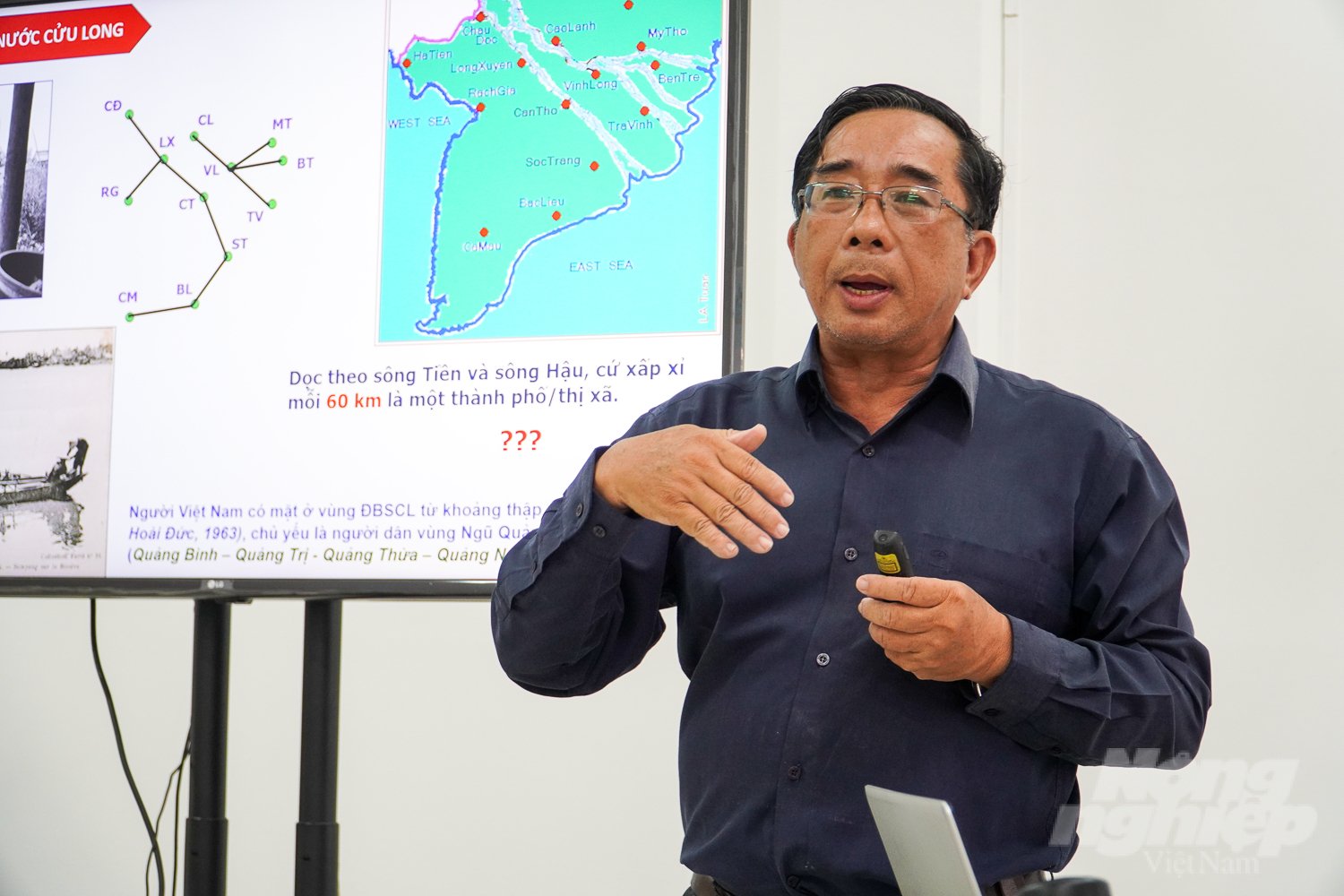
Associate Professor, Dr. Le Anh Tuan, Scientific Advisor to the Institute of Climate Change Research (Can Tho University) shared the story "Water, people, and Administrationof the Mekong Delta". Photo: Kim Anh.
Dr. Le Anh Tuan, associate professor, stated that the Vietnamese resided in the Mekong Delta since the 1630s. They are primarily from the Ngu Quang region in the Central region, which consists of the five provinces Quang Binh, Quang Tri, Quang Thua Thien, Quang Nam, and Quang Ngai.
People settled in the Mekong Delta and progressively adapted to the conditions of the river; canoes were the primary mode of transportation. People move with the tides; in the downstream direction, they row vessels and in the upstream direction, they trade. From here, civilization evolved on the wharf and beneath the ship. Nature has shaped the administrative characteristics of the Mekong Delta, allowing riverbank and canal residents to travel, do business, and obtain water. Additionally, floating markets are established here.
Dr. Le Anh Tuan, associate professor, chose to reside and develop in the Mekong Delta due to its abundance of natural resources. The water resources in the delta are the most abundant of all the water resources in Vietnam's river basins. The land is rich in nutrients due to alluvial deposits. Despite the challenge of climate change and the temperate climate, Mr. Tuan assesses that this resource is still very valuable for exploitation. The biological system is extremely diverse and produces an abundance of products. Particularly "positional resources" relative to other regions.
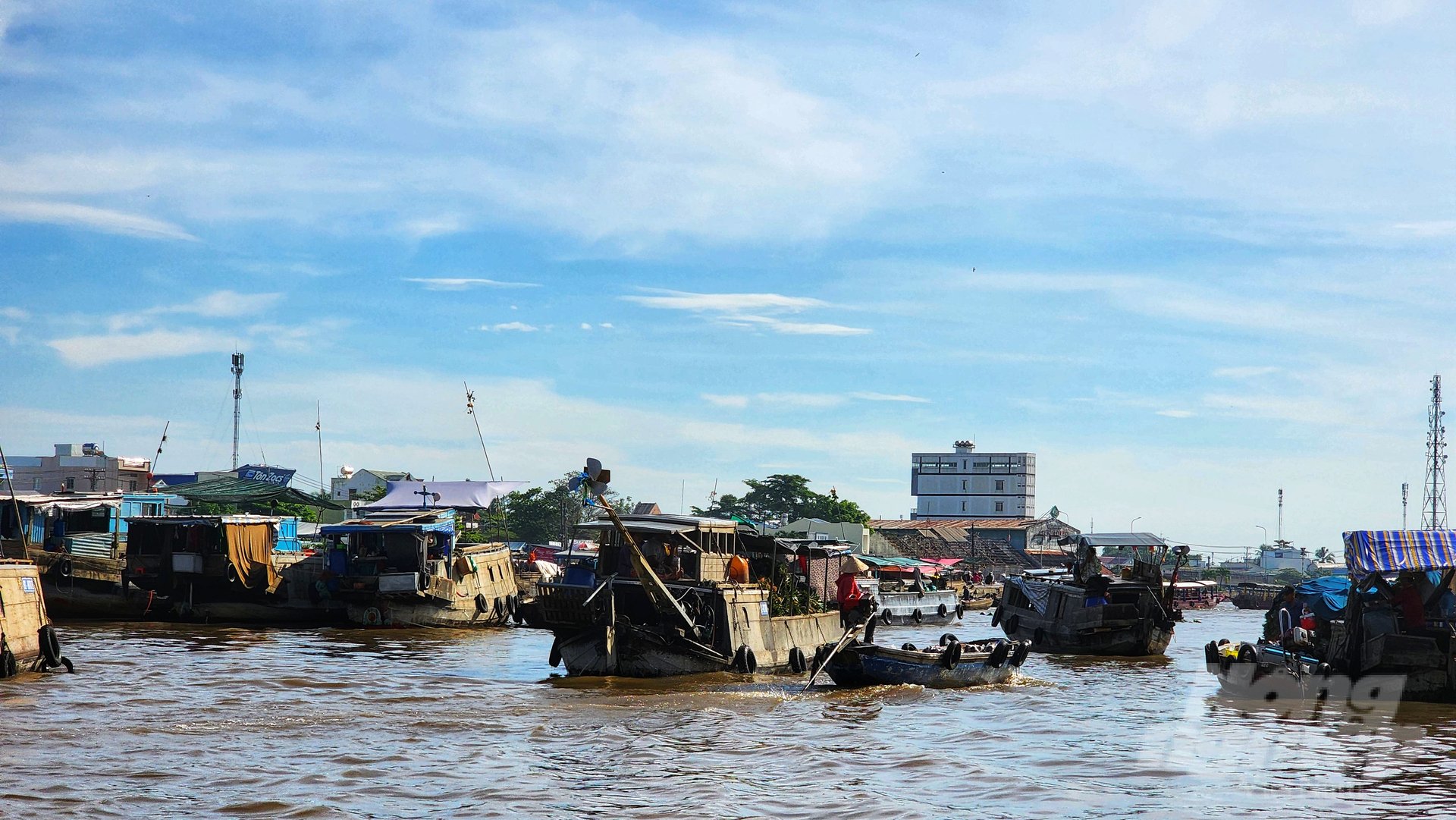
The people of the Mekong Delta adapted to the conditions of rivers and boats, forming a civilization on the wharf and under the boat. Photo: Kim Anh.
In the past, the Mekong Delta was a marine area, as evidenced by Mr. Tuan's diary documenting his research journey on the history of the formation and development of the Mekong Delta region. Following inundation, alluvium from upstream of the Mekong River flows downstream and progressively fills in a portion of the delta. The remainder derives from spontaneously emerging signals. There remain geological traces of the origin of the delta to this day.
Upstream alluvium flows through Cambodia and into the Mekong Delta, where it splits into two waterways that discharge into the Tien and Hau Rivers. Such an amount of alluvium has contributed to the formation of the Ca Mau peninsula, which progressively advances into the sea each year.
In addition, mangrove forests help retain sediment, mitigating the effects of ocean surges on the peninsula. This land's pioneer tree is the fish sauce tree, whose roots are capable of soil retention.
The mangrove tree proceeds to extend its roots and firmly grasp the earth. Along with the aisles of fish sauce extending into the ocean, mangrove trees grow, wave energy decreases, alluvium settles, and mangrove trees accomplish their mission.
After that, the cork tree continued its mission of causing the delta to elevate, with salt water progressively transforming into brackish water as a result of its high-reaching roots.
Numerous new species adapted to brackish water, including nipa palms, sprouted from this location. Nipa palms can retain sediment, thereby fostering the growth of fish and crustaceans in brackish water habitats where they are found.
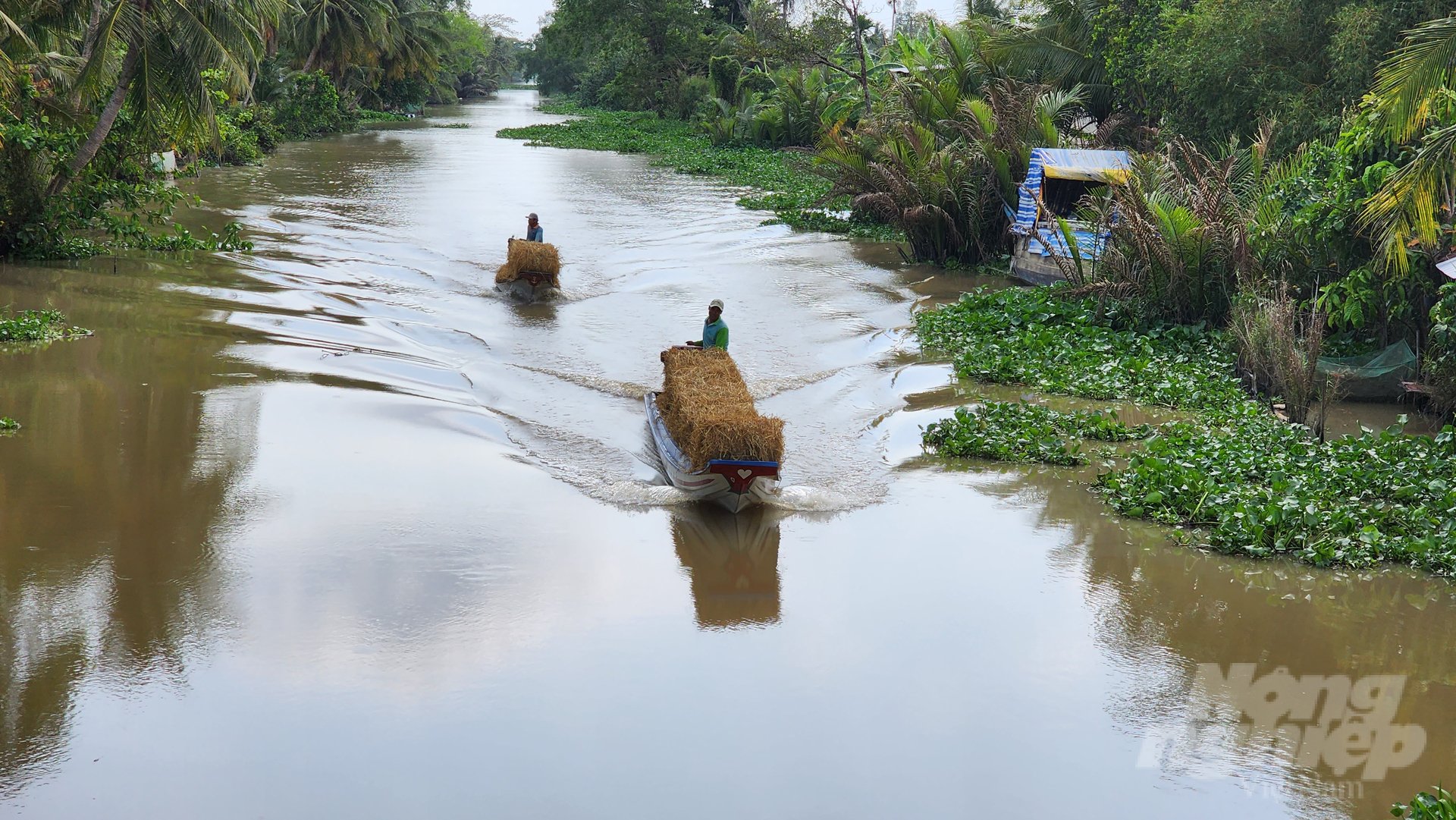
The waterway has become an important transportation system to promote economic development for the people of the Mekong Delta. Photo: Kim Anh.
Associate Professor Dr. Le Anh Tuan determined through research that severe flooding in the Mekong Delta has decreased significantly over the past decade, while low and medium floods have increased. The decreased water flow from the upstream of the Mekong River is influenced in part by global factors such as the El Nino phenomenon.
In addition to enhancing adaptation solutions, Mr. Tuan proposes increasing water storage as a necessary measure. Although flooding are rare in the Mekong Delta, the total amount of water there is still greater than in other regions. Mr. Tuan stated that regions producing three rice crops annually should keep production the same. The unfavorable regions should revert to producing two rice harvests per year and use the remaining crop to store water.
In coastal regions, local governments and producers should dredge wetland areas to reserve water and combine water-saving irrigation practices with crop production.
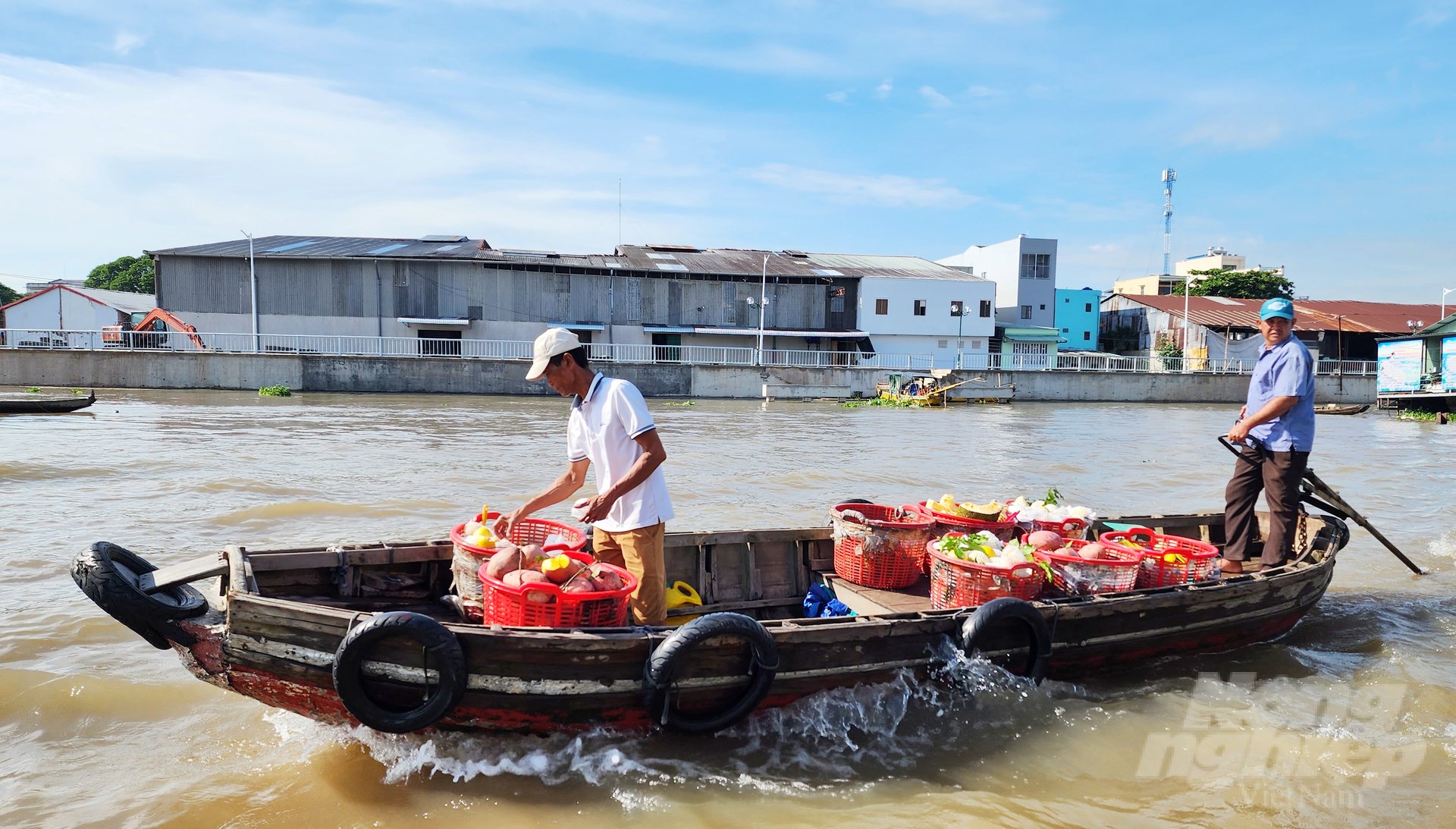
The system of canals and canals connects localities in the Mekong Delta. Photo: Kim Anh.
In addition, from now until the end of November 2023, the Mekong Delta will experience very intense rains at the conclusion of the rainy season. Local governments must comprehend this rule and advise producers to utilize water storage. The transformation of agricultural production must also guarantee harmony and agricultural diversification, typically using the rice-shrimp model.
Associate Professor Dr. Le Anh Tuan determined that landslides occur year-round, but most frequently from the end of the dry season to the beginning of the wet season. This is in relation to the existing landslide problem that has significant effects on the Mekong Delta. The dearth of alluvial deposits, inadequate management of groundwater exploitation, and sand resources are to blame. In addition, there are a number of other causes, such as the construction of more homes on the riverbanks, which weakens the geology, and the operation of high-speed vessels.
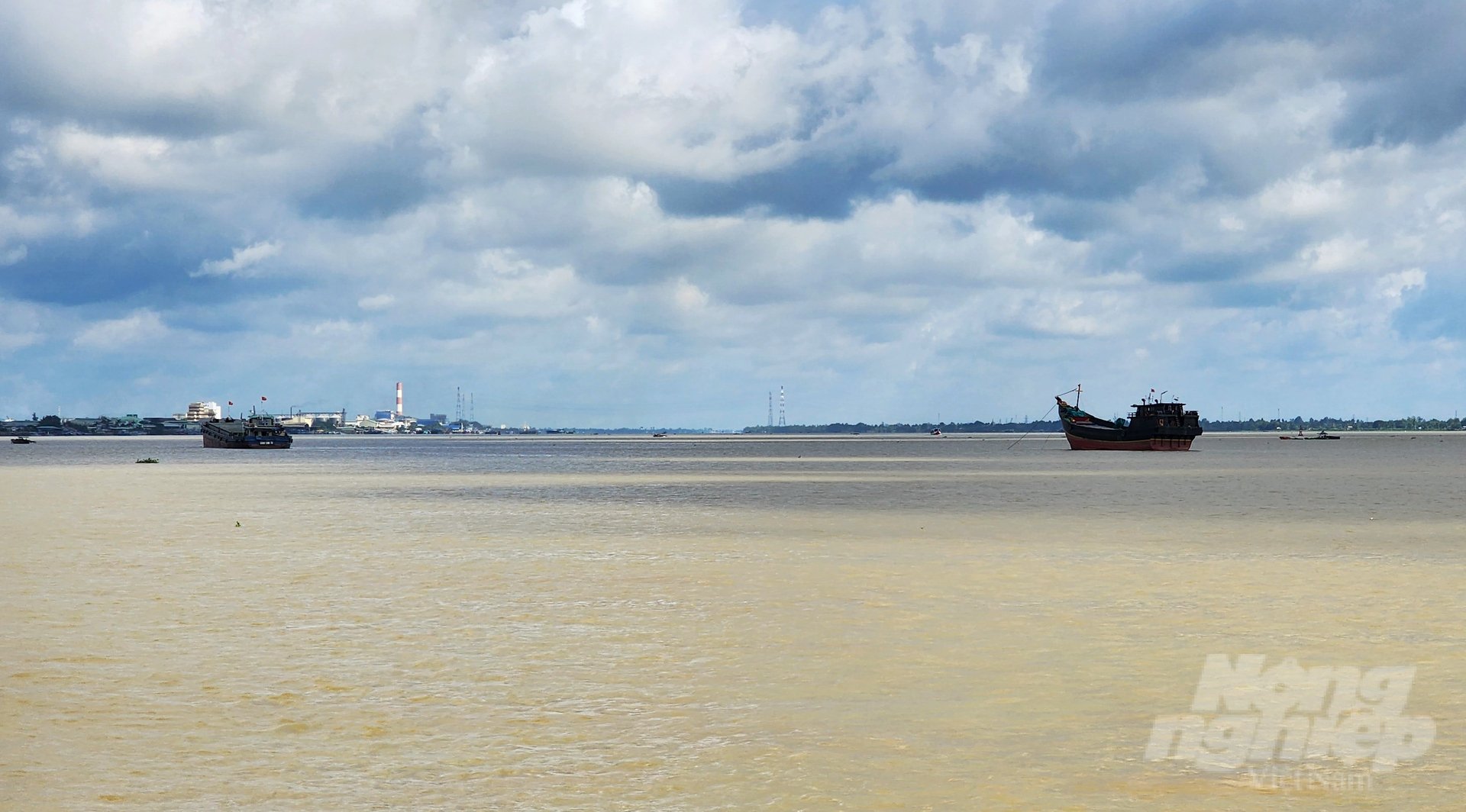
Experts assess that over the past 10 years, major floods in the Mekong Delta have decreased, while low and medium floods have increased. Photo: Kim Anh.
According to Mr. Tuan, the highway has a high demand for sand, so we must consider constructing viaducts and elevated roads to conserve sand. It is necessary to contemplate using alternative materials in construction. Mr. Tuan emphasized that in order for the Mekong Delta to surmount the effects of natural disasters, it is necessary to follow these directions and address the fundamental problems through the system of law.
Translated by Linh Linh

(VAN) After 5 years of implementation, the CAI initiative has helped coffee growers change their farming practices, moving toward responsible agriculture that meets global export standards.
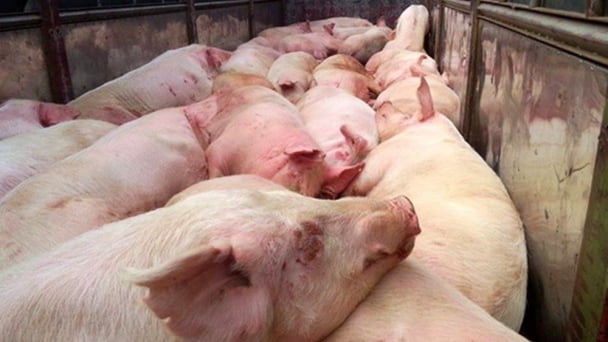
(VAN) The primary prerequisite for the comprehensive and robust integration of Vietnam's livestock sector into the global value chain is the establishment of a disease control system.
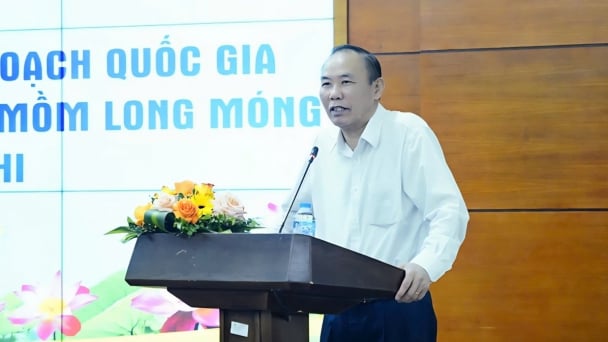
(VAN) The results of national programs are essential for establishing a contemporary livestock sector that is well-equipped to meet the demands of both domestic and international markets, with robust biosafety standards.

(VAN) The UNESCO Global Geopark revalidation of Non nuoc Cao Bang and the transition to a two-tier administrative model are presently undergoing a pivotal moment in Cao Bang, the northernmost province of Vietnam.
/2025/06/13/5330-2-004539_953.jpg)
(VAN) Changing policy mindset and removing investment barriers are urgent requirements to open up new development space for enterprises in the agricultural sector.

(VAN) The areas include the restoration of five million hectares of marine ecosystems.

(VAN) Dr. Le Van Nguyen, Director of the Institute of E-Commerce Management (ECM), emphasizes the potential for green development through the cultivation of fruit trees, particularly in provinces such as Son La.